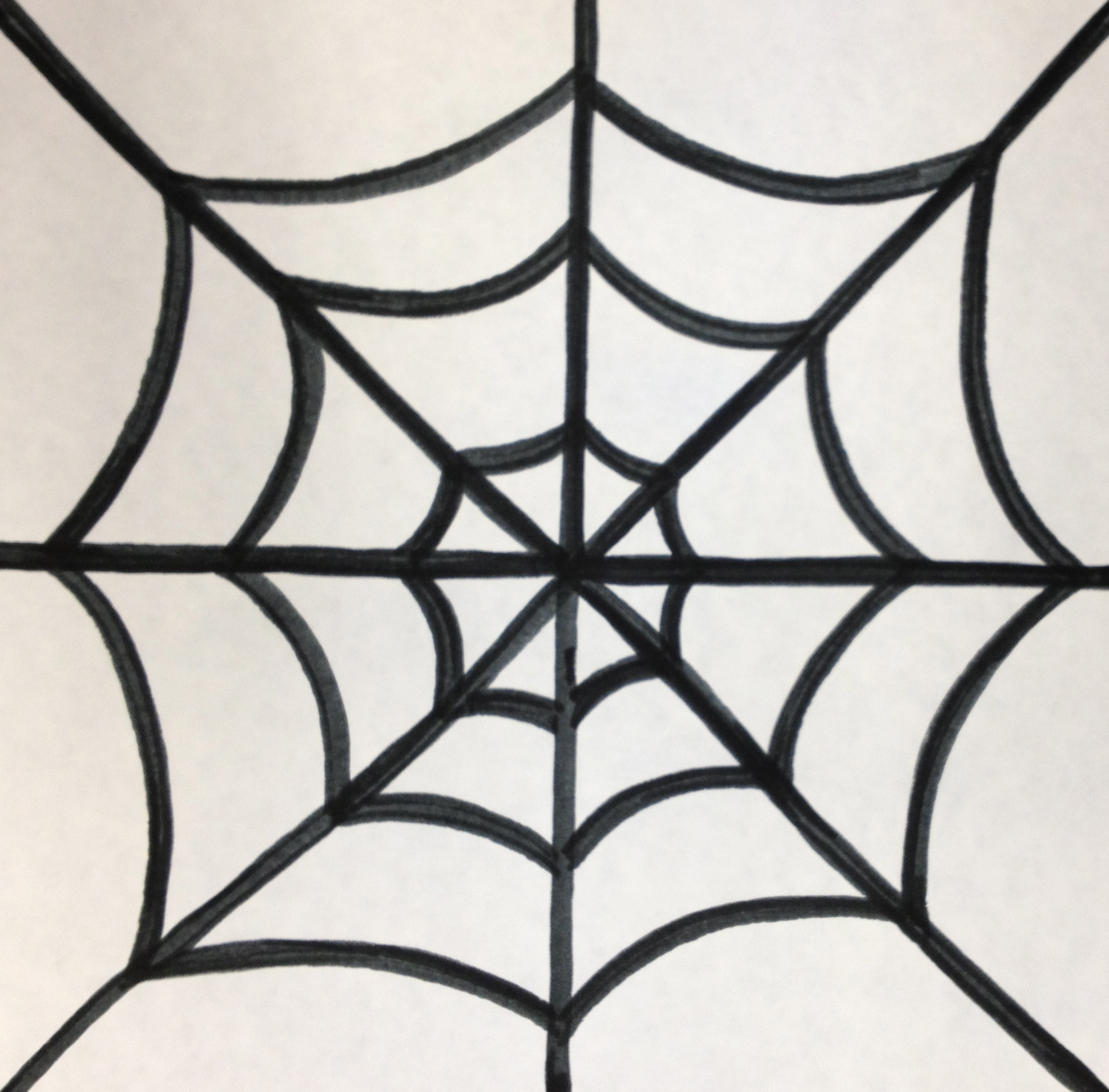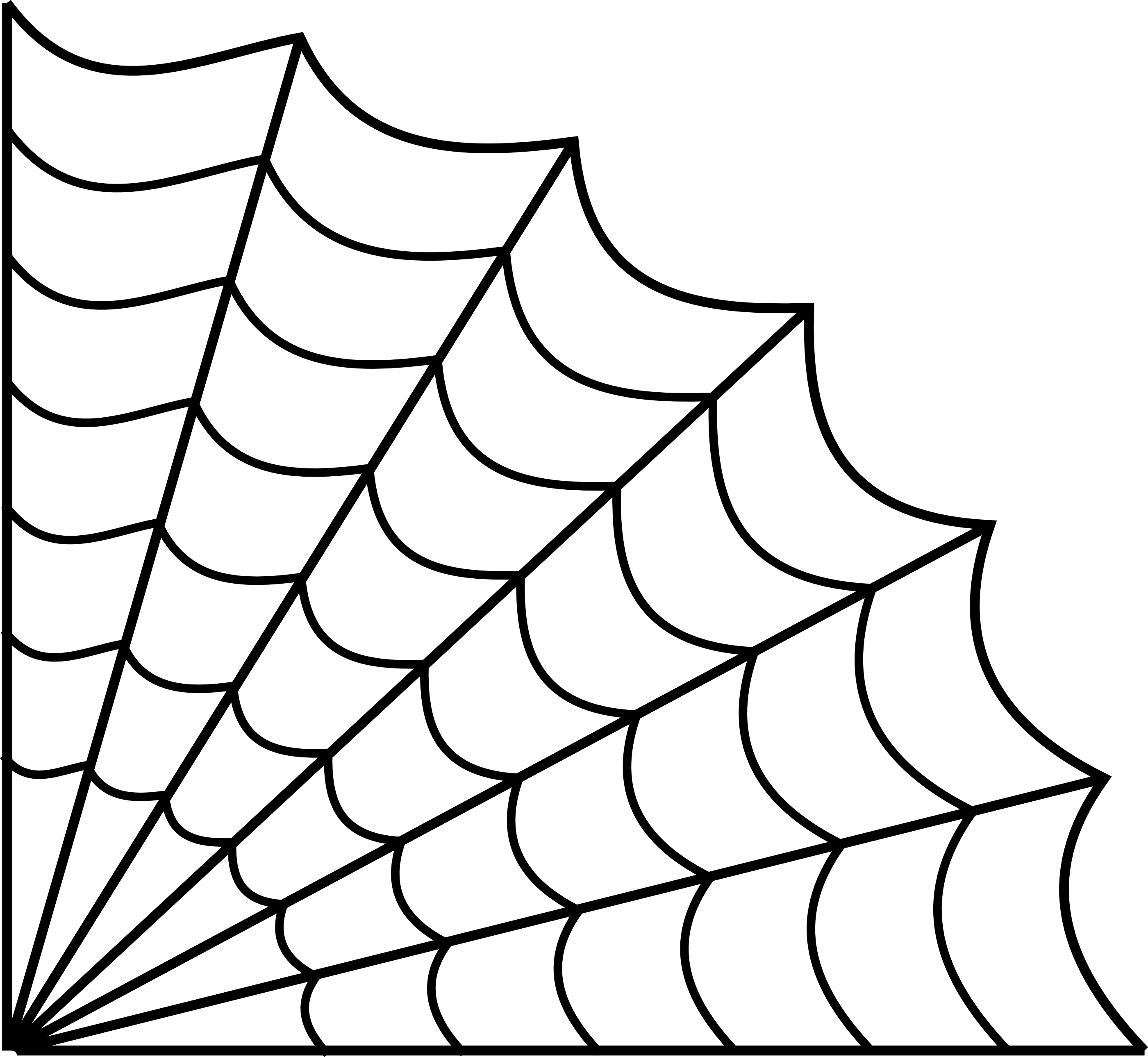
Spider web drawing is a popular artistic activity that allows individuals to showcase their creativity and attention to detail. It involves creating intricate designs that mimic the delicate structure of a spider's web. This art form has gained significant popularity over the years, with many artists and enthusiasts embracing it as a unique way to express themselves.
The Beauty of Spider Webs

Spider webs are known for their intricate patterns and delicate structure. They have long fascinated humans with their beauty and complexity. The intricate threads connected in concentric circles create a mesmerizing display that showcases the spider's masterful craftsmanship. Spider web drawing aims to capture this beauty and replicate it on paper or any other medium.
One of the main reasons spider webs are admired is their strength and durability. Despite their delicate appearance, spider webs are strong enough to catch insects and provide a safe haven for spiders. This unique combination of fragility and strength makes spider webs a captivating subject for artists.
The Process of Spider Web Drawing

Creating a spider web drawing requires precision and patience. Artists often start by sketching a central point or anchor from which they draw the initial lines that radiate outward. These lines serve as the framework for the web and guide the placement of subsequent threads.
Next, artists carefully add additional lines to create the concentric circles found in spider webs. They gradually increase the density of the lines as they move inward, mimicking the natural progression of a spider building its web.
Once the basic structure is complete, artists can enhance the drawing by adding intricate details. They may include dewdrops or small insects caught in the web to make the drawing more lifelike and visually appealing.
Materials for Spider Web Drawing

Spider web drawing can be done using various materials depending on personal preference and artistic style. Here are some commonly used materials:
1. Pencil: Many artists prefer starting their spider web drawing with a pencil to outline the structure and make any necessary adjustments before adding details.
2. Ink Pens: Once the basic structure is in place, artists often switch to ink pens to create bold and defined lines. Ink pens allow for more control and precision, making them ideal for intricate drawings.
3. Colored Pencils: Adding color to a spider web drawing can bring it to life. Colored pencils are a popular choice as they allow artists to blend and layer colors to achieve the desired effect.
4. Watercolors: For a more vibrant and fluid look, some artists use watercolors to paint their spider web drawings. Watercolors can create a transparent and delicate appearance that complements the subject matter.
Tips for Creating Spider Web Drawings

Creating a spider web drawing can be challenging, but with practice and the right approach, anyone can achieve impressive results. Here are some tips to help you get started:
1. Observe Real Spider Webs: Take the time to closely observe real spider webs. Pay attention to the intricate patterns and the way the threads interconnect. Use these observations as inspiration for your drawing.
2. Start with Light Lines: When sketching the initial structure, use light lines that are easy to erase or adjust. This will allow you to make changes without leaving visible marks on the final drawing.
3. Gradually Increase Line Density: As you move inward, gradually increase the density of the lines to create a sense of depth and dimension. This will give your spider web drawing a more realistic appearance.
4. Experiment with Different Materials: Don't be afraid to try different materials and techniques to find your preferred style. Test out different pencils, pens, or paints to see which ones suit your artistic vision best.
Spider Web Drawing as a Therapeutic Activity

Besides being a creative outlet, spider web drawing can also serve as a therapeutic activity. The repetitive nature of drawing the intricate lines can have a calming effect on the mind, allowing individuals to relax and focus on the present moment.
Engaging in spider web drawing can also enhance concentration and attention to detail. The process requires patience and precision, helping individuals cultivate these qualities in their daily lives.
Moreover, spider web drawing can be a form of mindfulness practice. By immersing oneself in the intricate details of the drawing, individuals can enter a meditative state and experience a sense of tranquility.
Conclusion
Spider web drawing is a captivating art form that allows individuals to express their creativity while admiring the beauty of spider webs. With its delicate lines and intricate patterns, this art form requires patience, precision, and a keen eye for detail. Whether pursued as a hobby or used as a therapeutic activity, spider web drawing offers a unique way to explore one's artistic abilities and find inner peace through creativity.